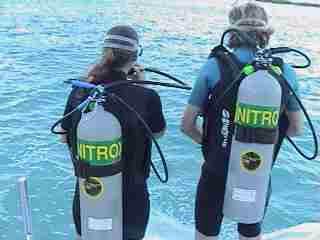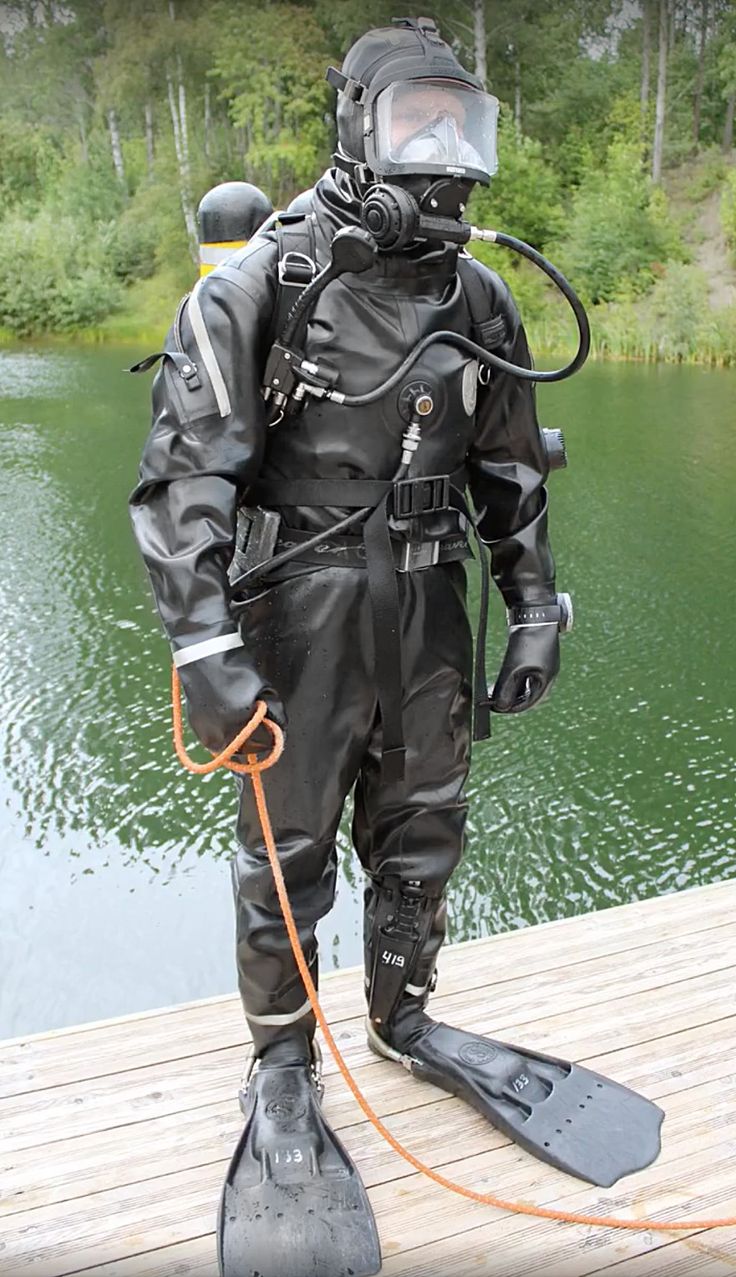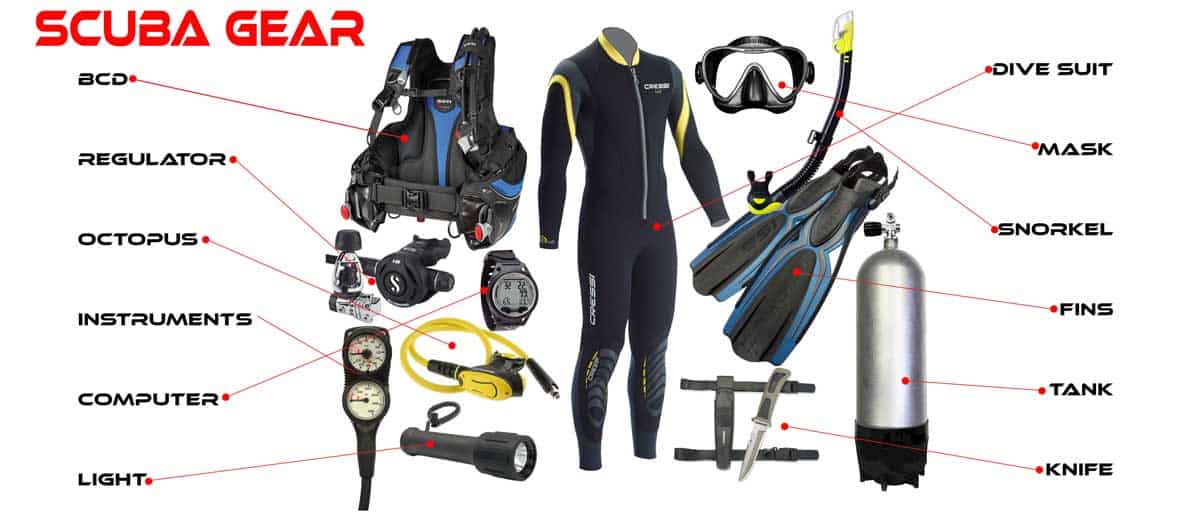
Divers are trained to navigate with a continuous guideline
To make the journey from cave diving safer and easier for divers, they are trained to use continuous guides in cave diving. These lines are either non-directional or directional and must be visible at all times. Also known as the diver's jumping line, the diver's guideline can also be called the diver's jumpline. It connects all diver's lines. In the event of a problem, it can also be used as a safety guideline.
Divers can use three types or markers to help guide them through the caves. Permanent line markers, or line arrows, are used as a visual and tactile guideline. Arrows can also be used to indicate direction to exit. They may also mark jump locations within the cave.
They must be capable of finding a lost guideline
It is essential that divers are able to locate lost guideslines when diving in caves. There are many ways a diver can locate a guideline. Using a touch signal, a compass, or an underwater map can all be helpful.

The guideline is used for marking safe routes through caves. Every diver should be familiar with how to use it. The length of the diver's dive will dictate whether the guideline should be mounted on a reel, or a spool. Open water divers may only require a 50-metre line, while cave divers may need many reels.
They must be equipped with the proper equipment
For cave diving, it is important to have the proper equipment. Cave water can get quite cold so it is advisable to have a suit on hand if you are planning a long dive. A waterproof notebook can be a great idea for keeping track of reference information throughout the dive. These notes are helpful for navigation inside the cave or during decompression.
Divers should also have extra fins and oxygen cylinders. Cave diving is a dangerous activity, and divers must have the right equipment to avoid injury. Cave divers must have special equipment because many caves are subject to high water pressure. You need to be careful when selecting your equipment.
They should have self-control and discipline
Cave diving requires self-control and safety training. Cave divers often have limited visibility so they must rely more on their senses than their knowledge. Cave divers should be able to maintain calm and control their breathing in these situations.

Once inside the cave the diver must get off the scooter and swim about three to four hundreds feet until the line ends. The cave may be very tight and have high levels of silt. Although it is easy to dive to the end, the diver should not actively seek out the end marker. Training involves blind staging, team protocols, and simulations of silt-outs caused by tanks being dropped on sediment.